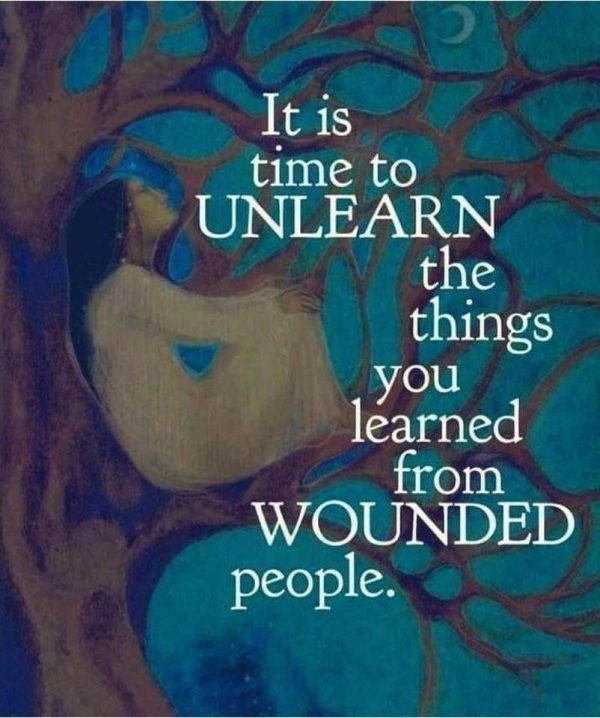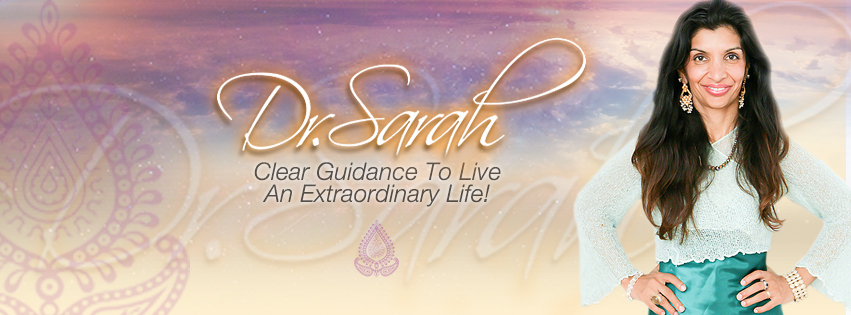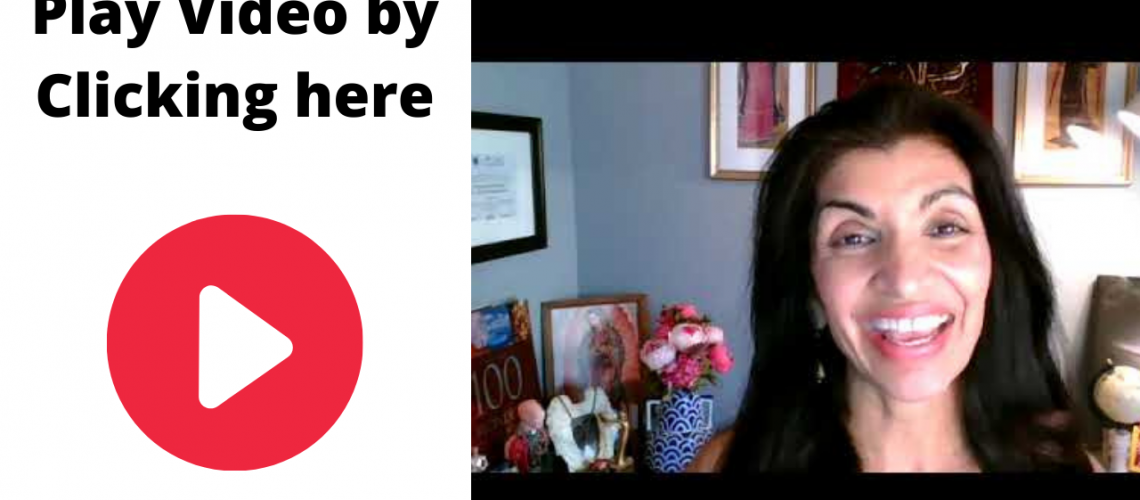
Someone asked the richest man in the world, Bill Gates, “Is there anyone richer than you in the world ?” Bill Gates replied, “Yes, there is a person who is richer than me.” He then narrated a story. “It was during the time when I wasn’t rich or famous. “I was at the New York Airport when I saw a newspaper vendor. “I wanted to buy one newspaper but found that I didn’t have enough change. So I left the idea of buying and returned it to the vendor. “I told him of not having the change. The vendor said, ‘I am giving you this for free.’ On his insistence I took the newspaper. “Coincidentally, after two to three months, I landed at the same airport and again I was short of change for a newspaper. The vendor offered me the newspaper again. I refused and said that I can’t take it for I don’t have change today too. He said, ‘You can take it, I am sharing this from my profit, I won’t be at loss.’ I took the newspaper. “After 19 years I became famous and known by people. Suddenly I remembered that vendor. I began searching for him and after about 1½ months of searching, I found him. “I asked him, ‘Do you know me?’ He said, ‘Yes, you are Bill Gates.’ “I asked him again, ‘Do you remember once you gave me a newspaper for free?’ “The vendor said, ‘Yes, I remember. I gave you twice.’ “I said, ‘I want to repay the help you had offered me that time. Whatever you want in your life, tell me, I shall fulfill it.’ “The vendor said, ‘Sir, don’t you think that by doing so you won’t be able to match my help?’ “I asked, ‘Why?’ “He said, ‘I had helped you when I was a poor newspaper vendor and you are trying to help me now, when you have become the richest man in the world. How can your help match mine ?’ “That day I realized that the newspaper vendor is richer than I am, because he didn’t wait to become rich to help someone.” People need to understand that the truly rich are those who possess a rich heart rather than lots of money. It’s very important to have a rich heart
?
;;;;;;;;;;;;;;;;;;;;;;;;;;;;;;
You are a Miracle Maker so you have a rich Heart!
Today we want to help you use your Brainwaves, Hormones, and Richness to enhance everyone of your relationships!
LOVE COACHING ON THURSDAYS
With Greg Larsen and Dr. Sarah
Whatever your past experiences have been, it is time to have LOVE – You will let go of the addiction to food, alcohol, drugs, sex, and more!
Thursdays – 12:00 pm Pacific & 3: 00 pm Eastern
Weekly LOVE COACHING will help you learn how to eliminate the fears that control your life, replace anger and confusion with peace and confidence, and become a more loving, understanding and happy spouse, dating partner, parent, family member, co-worker, boss and friend.
Scientists in fields ranging from anthropology to neuroscience have been asking this same question (albeit less eloquently) for decades. It turns out the science behind love is both simpler and more complex than we might think.
Google the phrase “biology of love” and you’ll get answers that run the gamut of accuracy. Needless to say, the scientific basis of love is often sensationalized, and as with most science, we don’t know enough to draw firm conclusions about every piece of the puzzle. What we do know, however, is that much of love can be explained by chemistry. So, if there’s really a “formula” for love, what is it, and what does it mean?
Total Eclipse of the Brain
Think of the last time you ran into someone you find attractive. You may have stammered, your palms may have sweated; you may have said something incredibly asinine and tripped spectacularly while trying to saunter away (or is that just me?). And chances are, your heart was thudding in your chest. It’s no surprise that, for centuries, people thought love (and most other emotions, for that matter) arose from the heart. As it turns out, love is all about the brain – which, in turn, makes the rest of your body go haywire.
According to a team of scientists led by Dr. Helen Fisher at Rutgers, romantic love can be broken down into three categories: lust, attraction, and attachment. Each category is characterized by its own set of hormones stemming from the brain (Table 1).

Let’s Get Chemical
Lust is driven by the desire for sexual gratification. The evolutionary basis for this stems from our need to reproduce, a need shared among all living things. Through reproduction, organisms pass on their genes, and thus contribute to the perpetuation of their species.
The hypothalamus of the brain plays a big role in this, stimulating the production of the sex hormones testosterone and estrogen from the testes and ovaries (Figure 1). While these chemicals are often stereotyped as being “male” and “female,” respectively, both play a role in men and women. As it turns out, testosterone increases libido in just about everyone. The effects are less pronounced with estrogen, but some women report being more sexually motivated around the time they ovulate, when estrogen levels are highest.

Love is its Own Reward
Meanwhile, attraction seems to be a distinct, though closely related, phenomenon. While we can certainly lust for someone we are attracted to, and vice versa, one can happen without the other. Attraction involves the brain pathways that control “reward” behavior (Figure 1), which partly explains why the first few weeks or months of a relationship can be so exhilarating and even all-consuming.
Dopamine, produced by the hypothalamus, is a particularly well-publicized player in the brain’s reward pathway – it’s released when we do things that feel good to us. In this case, these things include spending time with loved ones and having sex. High levels of dopamine and a related hormone, norepinephrine, are released during attraction. These chemicals make us giddy, energetic, and euphoric, even leading to decreased appetite and insomnia – which means you actually can be so “in love” that you can’t eat and can’t sleep. In fact, norepinephrine, also known as noradrenalin, may sound familiar because it plays a large role in the fight or flight response, which kicks into high gear when we’re stressed and keeps us alert. Brain scans of people in love have actually shown that the primary “reward” centers of the brain, including the and the caudate nucleus (Figure 1), fire like crazy when people are shown a photo of someone they are intensely attracted to, compared to when they are shown someone they feel neutral towards (like an old high school acquaintance).
Finally, attraction seems to lead to a reduction in serotonin, a hormone that’s known to be involved in appetite and mood. Interestingly, people who suffer from obsessive-compulsive disorder also have low levels of serotonin, leading scientists to speculate that this is what underlies the overpowering infatuation that characterizes the beginning stages of love.
The Friend Zone
Last but not least, attachment is the predominant factor in long-term relationships. While lust and attraction are pretty much exclusive to romantic entanglements, attachment mediates friendships, parent-infant bonding, social cordiality, and many other intimacies as well. The two primary hormones here appear to be oxytocin and vasopressin (Figure 1).
Oxytocin is often nicknamed “cuddle hormone” for this reason. Like dopamine, oxytocin is produced by the hypothalamus and released in large quantities during sex, breastfeeding, and childbirth. This may seem like a very strange assortment of activities – not all of which are necessarily enjoyable – but the common factor here is that all of these events are precursors to bonding. It also makes it pretty clear why having separate areas for attachment, lust, and attraction is important: we are attached to our immediate family, but those other emotions have no business there (and let’s just say people who have muddled this up don’t have the best track record).
Love Hurts
This all paints quite the rosy picture of love: hormones are released, making us feel good, rewarded, and close to our romantic partners. But that can’t be the whole story: love is often accompanied by jealousy, erratic behavior, and irrationality, along with a host of other less-than-positive emotions and moods. It seems that our friendly cohort of hormones is also responsible for the downsides of love.
Dopamine, for instance, is the hormone responsible for the vast majority of the brain’s reward pathway – and that means controlling both the good and the bad. We experience surges of dopamine for our virtues and our vices. In fact, the dopamine pathway is particularly well studied when it comes to addiction. The same regions that light up when we’re feeling attraction light up when drug addicts take cocaine and when we binge eat sweets. For example, cocaine maintains dopamine signaling for much longer than usual, leading to a temporary “high.” In a way, attraction is much like an addiction to another human being. Similarly, the same brain regions light up when we become addicted to material goods as when we become emotionally dependent on our partners (Figure 2). And addicts going into withdrawal are not unlike love-struck people craving the company of someone they cannot see.

The story is somewhat similar for oxytocin: too much of a good thing can be bad. Recent studies on party drugs such as MDMA and GHB shows that oxytocin may be the hormone behind the feel-good, sociable effects these chemicals produce. These positive feelings are taken to an extreme in this case, causing the user to dissociate from his or her environment and act wildly and recklessly. Furthermore, oxytocin’s role as a “bonding” hormone appears to help reinforce the positive feelings we already feel towards the people we love. That is, as we become more attached to our families, friends, and significant others, oxytocin is working in the background, reminding us why we like these people and increasing our affection for them. While this may be a good things for monogamy, such associations are not always positive. For example, oxytocin has also been suggested to play a role in ethnocentrism, increasing our love for people in our already-established cultural groups and making those unlike us seem more foreign (Figure 2). Thus, like dopamine, oxytocin can be a bit of a double-edged sword.
And finally, what would love be without embarrassment? Sexual arousal (but not necessarily attachment) appears to turn off regions in our brain that regulate critical thinking, self-awareness, and rational behavior, including parts of the prefrontal cortex (Figure 2). In short, love makes us dumb. Have you ever done something when you were in love that you later regretted? Maybe not. I’d ask a certain star-crossed Shakespearean couple, but it’s a little late for them.
So, in short, there is sort of a “formula” for love. However, it’s a work in progress, and there are many questions left unanswered. And, as we’ve realized by now, it’s not just the hormone side of the equation that’s complicated. Love can be both the best and worst thing for you – it can be the thing that gets us up in the morning, or what makes us never want to wake up again. I’m not sure I could define “love” for you if I kept you here for another ten thousand pages.
In the end, everyone is capable of defining love for themselves. And, for better or for worse, if it’s all hormones, maybe each of us can have “chemistry” with just about anyone. But whether or not it goes further is still up to the rest of you.
Happy Valentine’s Day!
Katherine Wu is a third-year graduate student at Harvard University. She loves science with all of her brain.
Further Reading
- For a long-form human interest story on love, see National Geographic’s coverage of “True Love”
- For a very in-depth (and well-done!) introduction to the brain and its many, many chemicals, check out the NIH’s Brain Basics page
- For the New York Times’ take on falling in love with anyone, ask these 36 questions
Share this:
65 thoughts on “Love, Actually: The science behind lust, attraction, and companionship”
- Mary Jane MlynarskiAUGUST 24, 2017 AT 4:03 PMOxytocin…having a dog, does one’s hormone increase. Heard dogs are good
- lisa egemeierOCTOBER 2, 2017 AT 10:00 AMyes friendship with an animal can have many of the same benefits as human friendships including oxytocin and bonding. please educate yourself to a dogs social and other needs before adopting because the pet has no choice in the matter so you have a higher duty to treat a pet apropriately and give it a decent life. please consider volunteering at a rescue or shelter before committing to adopting, you will learn so much and help so many animals and people and that helps depression too.REPLY
- Kaylani
- lisa egemeierOCTOBER 2, 2017 AT 10:00 AMyes friendship with an animal can have many of the same benefits as human friendships including oxytocin and bonding. please educate yourself to a dogs social and other needs before adopting because the pet has no choice in the matter so you have a higher duty to treat a pet apropriately and give it a decent life. please consider volunteering at a rescue or shelter before committing to adopting, you will learn so much and help so many animals and people and that helps depression too.REPLY

